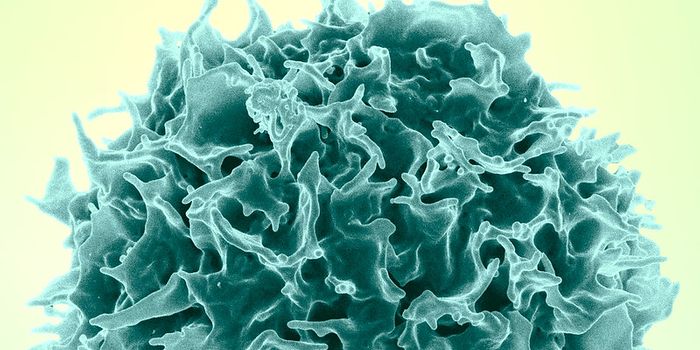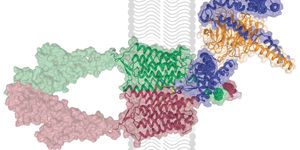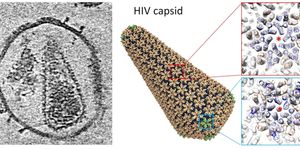Can Nanotechnology Prevent Corneal Graft Rejection?
The cornea is among the essential anatomic features of the eye, responsible for most of the eye’s focusing ability. Multiple conditions can adversely impact the cornea. For example, corneal dystrophies, scars, and abnormal structuring of the cornea can lead to a reduction in visual acuity and other symptoms. In many instances, a corneal transplant, also known as keratoplasty, may be warranted. Corneal transplants are the most common transplant procedure performed globally. However, like other transplant procedures, they are not without risk of rejection and infection. An ongoing investigation has been dedicated to determining ways of reducing the risk of rejection of the donated cornea following transplantation. Among potential emerging therapies, nanomedicine is being explored.
In an animal study published in October 2021, investigators evaluated using an anti-inflammatory molecule called celastrol in combination with positively charged nanoparticles to encourage transplanted corneal survival. In this experiment, rats underwent corneal transplantation. After the procedure, rats were randomly separated into a control group and a treatment group. The treatment group received an ocular instillation of celastrol-loaded positive nanomedicine (CPNM). Grafted corneas were evaluated for forty days following transplantation. Investigators found that, unlike the control group, which showed strong evidence of rejection, grafts in the treatment group survived up to 40 days. Using various techniques, investigators determined that the positively charged nanomedicine increased the amount of time that CPNM was present due to electrostatic interactions with the negatively charged surface of the eye. In addition, drug permeability was enhanced due to temporary inference with cellular junctions. Taken together, results suggest that positive nanomedicine enhances the anti-inflammatory properties of celastrol through multiple mechanisms, including increased drug residency and drug permeability.
Although only demonstrated in animal models, these results are exciting as they present a potential alternative to present-day antirejection ocular instillations. More broadly, this study indicates that nanomedicine may be used to enhance the effect of anti-inflammatory drugs by taking advantage of physical properties and allowing them to overcome barriers to drug penetration and solubility. A possible focus of future investigation may be how this technology can be adapted to reduce immune-mediated rejection in other types of transplants.









